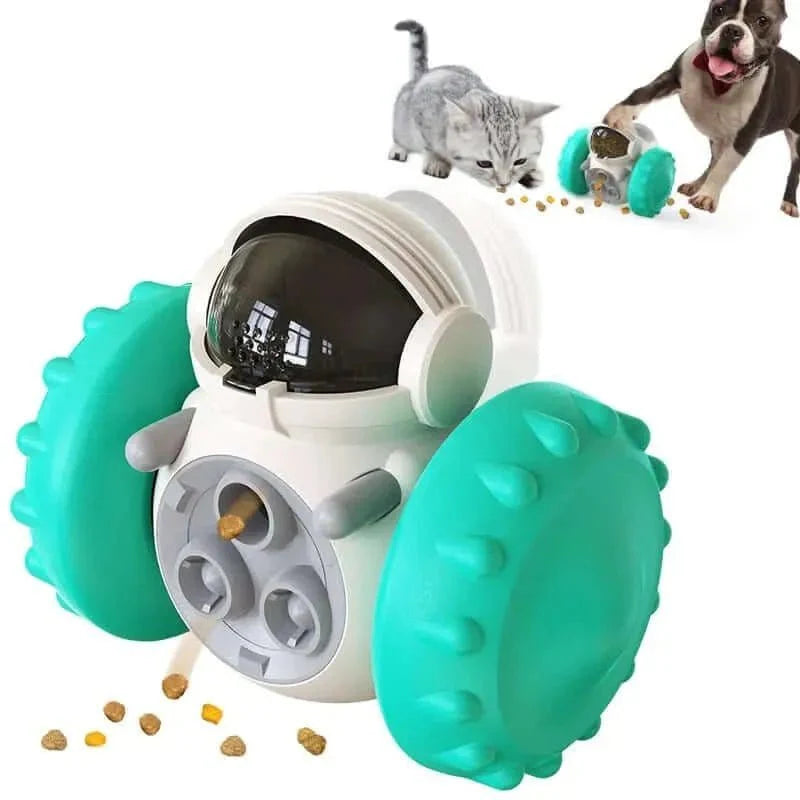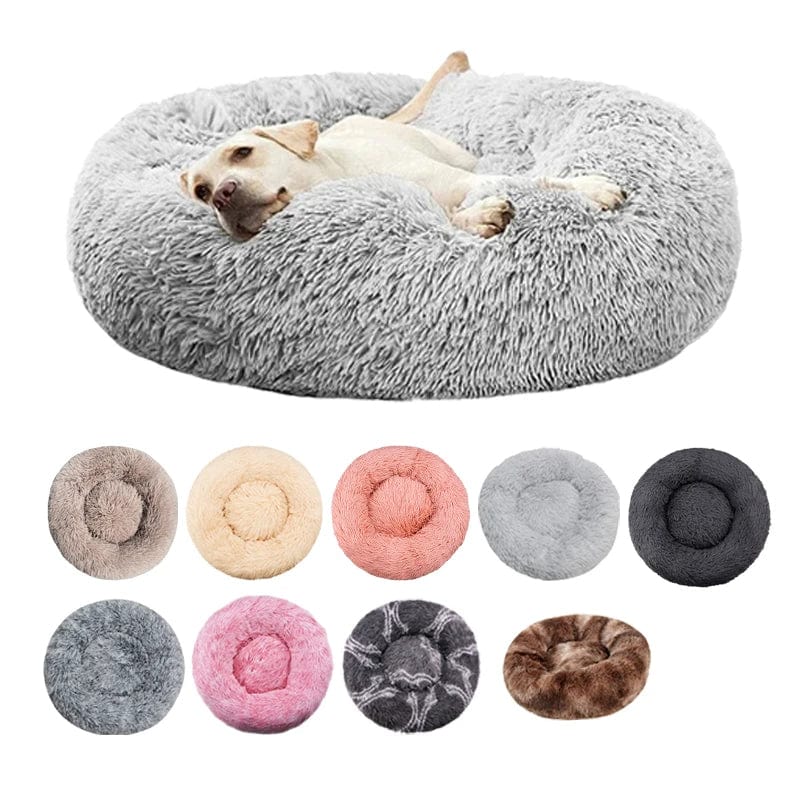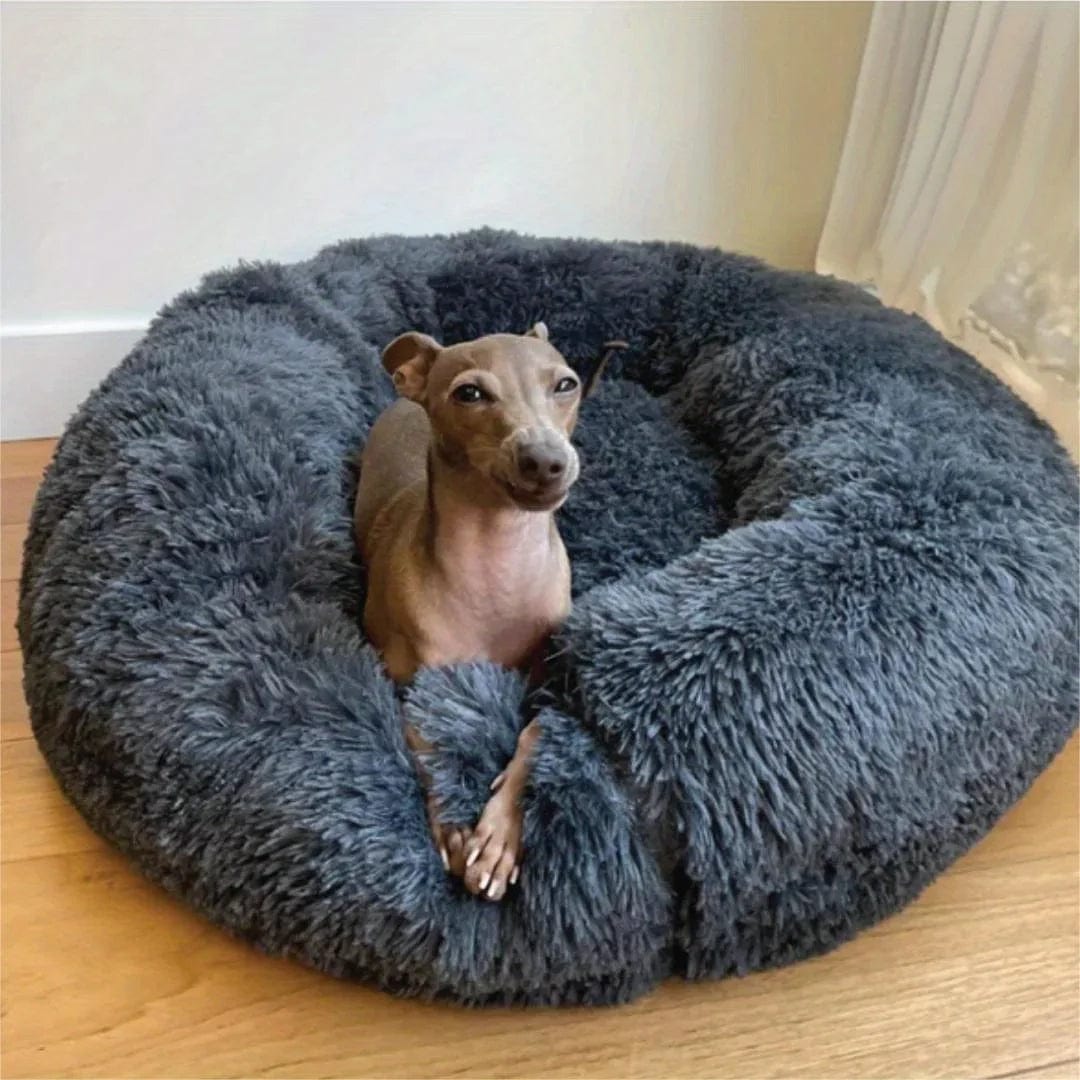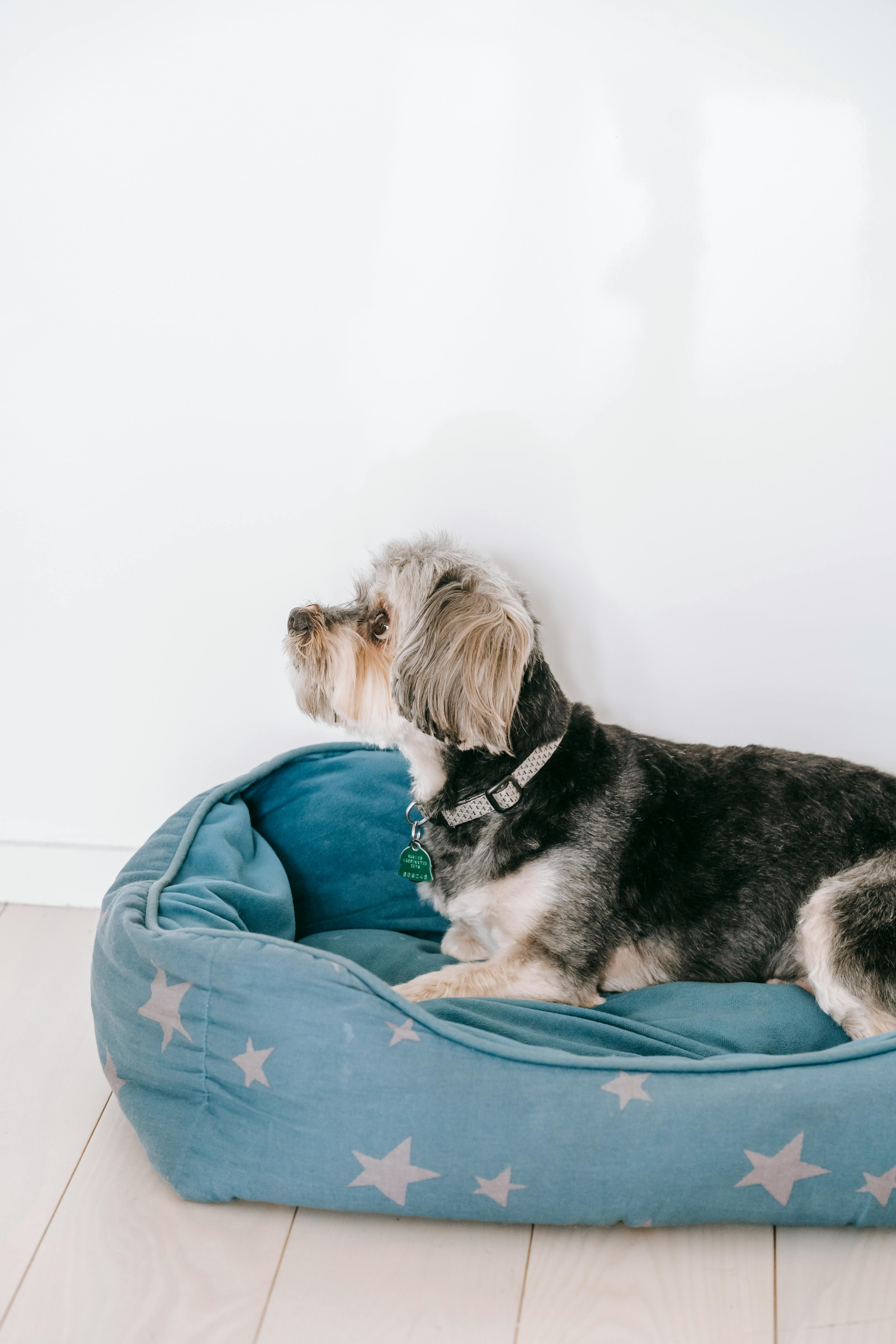Frequently Asked Questions
1. What are slow feeders and why should I use one for my dog?
2. How do I choose the right slow feeder for my dog?
3. What benefits do slow feeders offer to dogs?
4. How can I encourage my dog to use a slow feeder?
5. What should I monitor after transitioning my dog to a slow feeder?
When it comes to feeding our beloved furry friends, ensuring they have the right tools is just as important as the food we choose. Slow feeders have become a popular choice among pet owners looking to improve their dog’s eating habits, promote healthy digestion, and prevent issues such as bloating or obesity. However, choosing the right slow feeder for your dog’s size can seem like a daunting task. In this guide, we’ll walk you through everything you need to know to select the ideal slow feeder that caters to your dog's specific needs.
Understanding Slow Feeders
Slow feeders come in various shapes, sizes, and materials, all designed to encourage dogs to eat at a slower pace. Unlike traditional bowls, slow feeders are designed with obstacles that make accessing the food more challenging, thereby extending mealtime and reducing the risk of overeating. But before we dive into the factors affecting your choice, let’s discuss why you might consider using a slow feeder for your pup.
The Benefits of Slow Feeders
- Improved Digestion: Eating too quickly can lead to digestive issues like gas, bloating, and vomiting. Slow feeders help mitigate these problems.
- Weight Management: By slowing down meal times, dogs are less likely to overeat, which helps in maintaining a healthy weight.
- Mental Stimulation: The challenges presented by slow feeders can provide mental exercise, reducing boredom and destructive behaviors.
- Dental Health: Some slow feeders are designed to promote chewing, which can aid in maintaining your dog’s oral hygiene.
Size Matters: Choosing the Right Slow Feeder
Every dog is unique, and so are their needs when it comes to feeding. To ensure you choose a slow feeder that is perfect for your dog, consider the following factors:
1. Dog’s Size
The first and most obvious consideration is your dog’s size. Slow feeders come in different sizes, from small ones suitable for toy breeds to larger designs for giant breeds.
2. Eating Style
Understanding how your dog eats is crucial. Do they gulp down their food in seconds or take their time savoring each bite? Different slow feeders are tailored to different eating styles. For instance, dogs that are gluttonous will benefit from a feeder with a more complex design, while those who already enjoy leisurely meals might do well with a simpler model.
3. Dog’s Breed
Some breeds are naturally inclined to gobble food quickly. Breeds like Labrador Retrievers, Beagles, and German Shepherds can be prone to obesity due to their rapid eating habits; hence they may require a slow feeder with more obstacles. Conversely, smaller breeds may be more comfortable with moderate designs that do not overwhelm them.
4. Bowl Height
The height of the slow feeder can make a significant difference for your dog’s comfort while eating. Taller dogs may prefer elevated feeders, while smaller breeds might struggle with bowls that are too high. Always ensure that the feeding position is comfortable for your dog to maintain a healthy posture while eating.
5. Material Safety
Slow feeders are usually made from various materials such as plastic, ceramic, or stainless steel. It’s crucial to choose a feeder made from dog-safe materials that are durable and easy to clean.
Style and Design Considerations
Beyond practicality, the aesthetics of a slow feeder can play a role in your decision-making process. Here’s what to look out for:
Interactive Features
Some slow feeders come with interactive features that can engage your dog further, such as spinning parts or hidden compartments. If your dog tends to get bored easily, look for options that incorporate engaging elements.
Visual Appeal
Choose a design that complements your home décor. Slow feeders are no longer just functional; they can also add to your living space’s aesthetic. There are many colorful and stylish options available nowadays.
Cleaning and Maintenance
Ease of cleaning is another crucial aspect. Look for slow feeders that can easily be disassembled for cleaning or are dishwasher safe. Keeping the feeding area clean is necessary to ensure your dog's health, so consider how frequently you’re willing to clean the feeder.
Durability and Longevity
Dogs can be rough on their belongings, so investing in a durable slow feeder can save you trouble in the long run. Research the materials used and check reviews for any indications of wear and tear.
Trial and Error
Sometimes the best way to figure out the right slow feeder for your dog is through trial and error. After you've considered the factors above, make your selection, but be ready to make adjustments as necessary. If you find that your dog is not getting along with a particular feeder—maybe they struggle too much or simply refuse to use it—it’s okay to try something else.
Monitoring Your Dog’s Eating Habits
Once you’ve selected the right slow feeder, monitor your dog’s eating habits. Observe how they respond to the new feeder and whether they are adjusting to the change. It’s essential to ensure they are still eating the correct portions and not growing frustrated with the new setup.
Watch for Weight Changes
Keep an eye on your dog’s weight and overall health. If you notice any abnormal weight gain or loss, consider consulting with your veterinarian. They may help you determine if the slow feeder is aiding in proper portion control or if additional adjustments are needed.
Engaging Your Dog's Interest
Transitioning to a slow feeder can require some encouragement. Here are some tips to make the change smoother:
- Initially, fill the slow feeder with your dog's favorite treats to encourage engagement.
- Gradually mix in their regular kibble so they become accustomed to the new feeding activity.
- Be patient and allow your dog to take their time exploring the new design.
Final Thoughts: A Better Mealtime Awaits!
Choosing the right slow feeder for your dog’s size does not have to be overwhelming. By paying attention to your dog’s specific needs—considering their size, eating habits, and the feeder’s design—you can select an option that suits them perfectly. This will not only enhance their mealtime experience but also contribute to their overall health and well-being. Remember, the goal is to make mealtime enjoyable, healthy, and enriching for your furry companion. Happy feeding!



